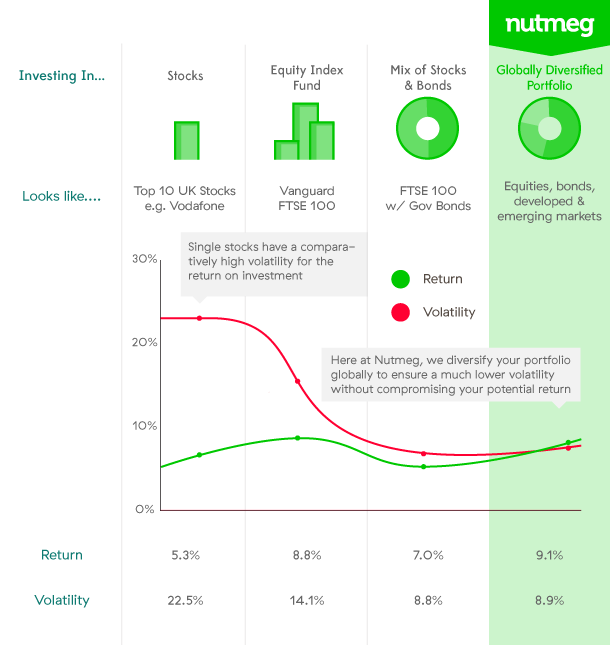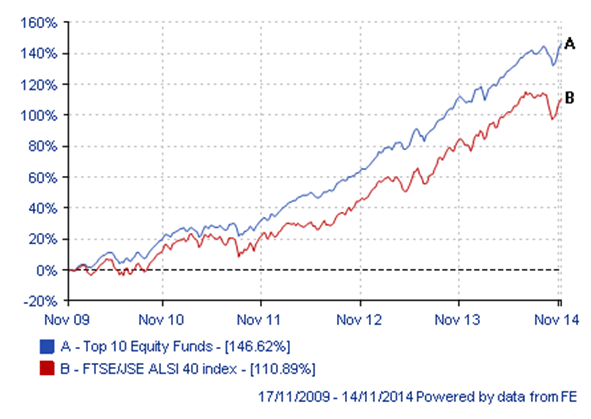How Risky is Your Equity Portfolio
Post on: 26 Июнь, 2015 No Comment

As I’ve been saying in recent columns, investors should be far more mindful about the risk levels they are taking on. Risk is a concept many investors do not care to think about when choosing individual investments. Risk is “scary,” and dwelling on it seems counterproductive … until a market pullback hits — as we’ve seen so far this month — and suddenly everybody’s laser-focused on the risk that their equity portfolios are losing value along with the market.
Risk is a very broad topic. Today, though, I want to discuss a simple way to gauge the overall risks inherent in any equity portfolio.
I know many of you are familiar with the concept of Beta, but for those of you who are not, I offer a brief description …
Beta is the result of calculations comparing the volatility of individual stocks, and how they co-vary with the volatility of the market. In other words, the number is a measure of the sensitivity of individual stocks to movements of all stocks. There is a lot of number-crunching necessary to derive it, but luckily there are hundreds of Internet-based finance sites that you can easily search for and they will list them for you.
The reason Beta is so useful for individual portfolio management is that it allows us to get an idea ahead of time as to how much volatility we can generally expect (like all volatility measures, it is not a perfect measure) to experience in individual stocks.
For example, if we had a portfolio that held only two stocks (50 percent of total portfolio value in each), with one stock sporting a 1.5 Beta and the other a 0.5 Beta, then the portfolio has a Beta of 1.0. If we vary the weightings of the two stocks, we can change the Beta of the portfolio. For example, if we were to put 75 percent of assets into the 1.5 Beta stock, and 25 percent in the 0.5, we should expect a portfolio Beta of 1.25 [(0.75×1.5)+(0.25×0.5)].
Calculating your portfolio’s Beta is a simple way to measure risk.
A Beta of 1.0 means that, in general, we can expect the portfolio to move more or less in 1-for-1 fashion with the market as a whole. Market goes up 10 percent? The 50/50 portfolio described should also be expected to rise 10 percent. However, the 75/25 portfolio described above would be expected to rise by 12.5 percent, since its Beta is 1.25. This works in reverse as well, so if the market were to fall by 10 percent, we’d expect the 75/25 portfolio to fall by 12.5 percent over the time period forecast.
But a two-stock portfolio is not very reasonable, is it? The principles of diversification tell us that as more individual stocks are added to the equity portfolio, the risk that any one of them could tank would wreak less damage on the entire portfolio. There are extremely complex methods we can employ to measure how much individual stocks vary or correlate with each other, but I think for the average individual investor, it’s probably a waste of time to do so. But this is where I think the intuitive nature of Beta comes in handy for non-rocket scientist investors and rocket scientist investors alike.

To calculate your equity portfolio Beta, you just need to take each individual stock’s Beta, weight it (multiply by 0.1, for instance for a 10 percent holding, or 0.0264 for one that has a 2.64 percent weight in the portfolio), and add them up.
Betas are great for their simplicity, but as I mentioned above, not infallible. The way professionals use them in practice is to increase portfolio Beta when the market is expected to rise, and then to reduce them if the market is expected to fall. It should also be noted, as a parting thought, that there are negative-Beta stocks (those that have an inverse relationship with the market), and there is also a zero-Beta asset — cash. By better understanding the risk of one’s portfolio, understanding and using Beta are two big steps in the right direction.
Best,
Don Lucek
P.S. Be sure to watch your inbox for the after-bell edition of Money and Markets. Here you’ll find the closing numbers, a timely feature story, and comments from readers … just like you!
The investment strategy and opinions expressed in this article are those of the author and do not necessarily reflect those of any other editor at Weiss Research or the company as a whole.














